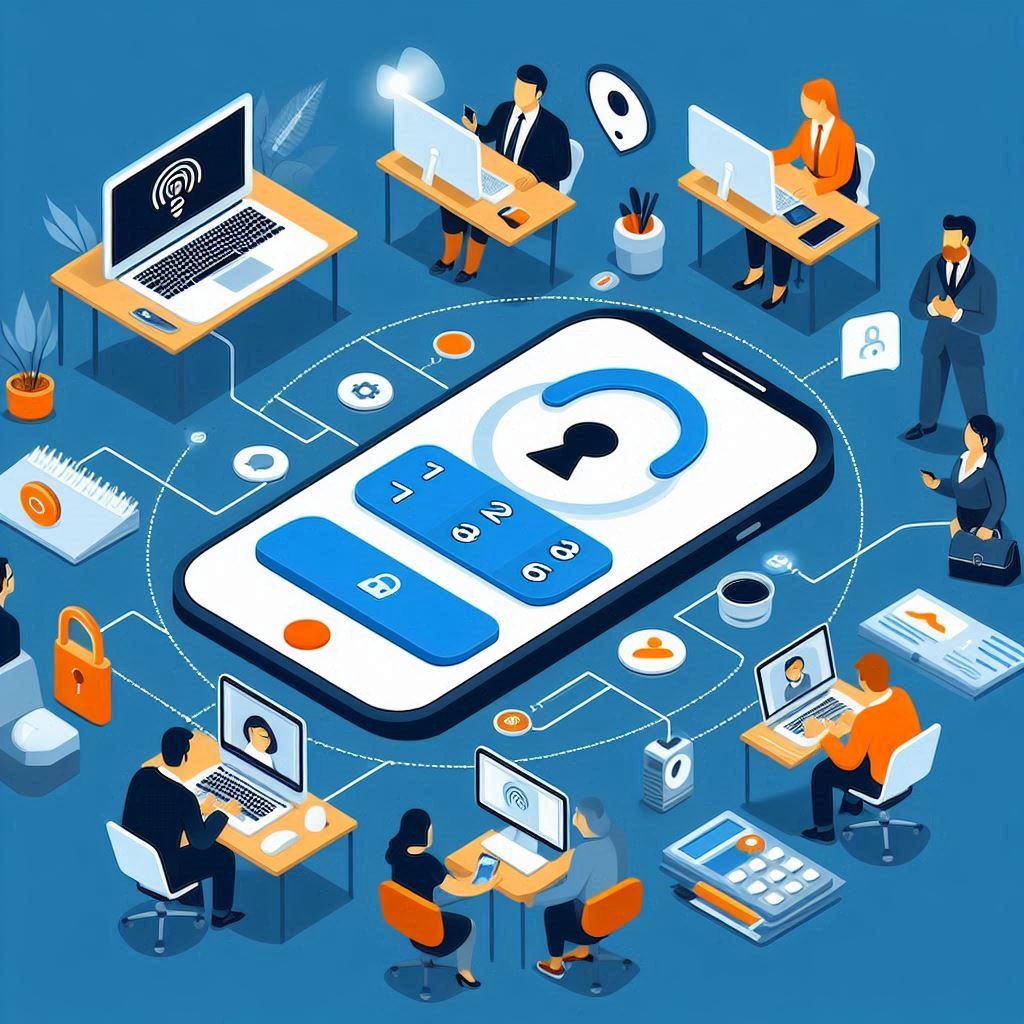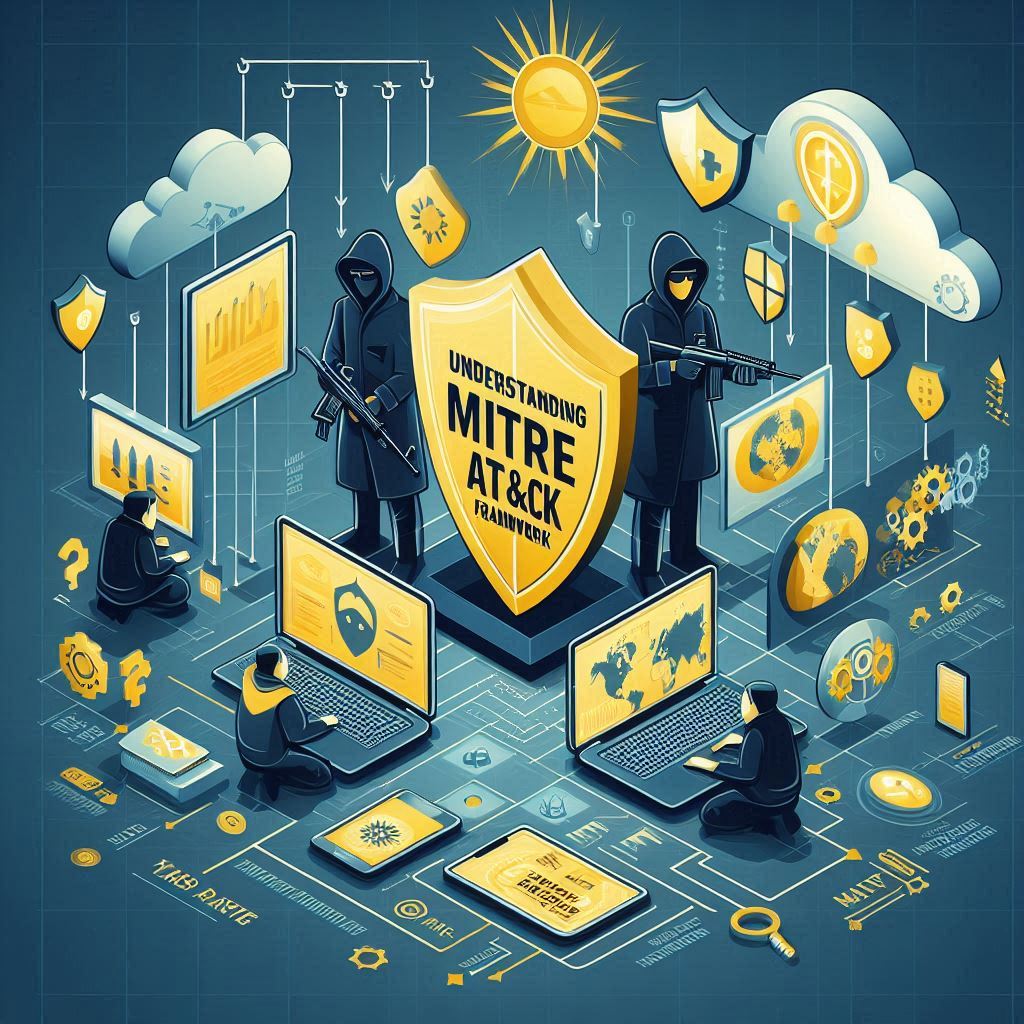In a world where cyberattacks are rising every year, one simple step can instantly make your organization safer: Two-Factor Authentication (2FA).
Whether you’re a small business owner, team lead, or freelancer managing multiple accounts, setting up 2FA for your entire team doesn’t have to be complicated.
In this step-by-step guide, I’ll show you exactly how to roll it out smoothly—even if you don’t have a dedicated IT department.
🔍 What is Two-Factor Authentication?
Two-Factor Authentication (2FA) adds an extra layer of security by requiring users to verify their identity in two ways:
✅ Something they know: their password
✅ Something they have: a code or device
Even if someone steals a password, they can’t access the account without the second factor.

🚀 Why Should Your Team Use 2FA?
🔒 80% of breaches involve weak or stolen passwords
🔒 2FA can block up to 99% of automated attacks
🔒 It protects sensitive emails, customer data, financial accounts, and internal tools
Implementing 2FA is one of the most effective and affordable ways to reduce your security risks.
📝 Before You Start: What You’ll Need
✅ Admin access to your key business accounts
✅ A communication plan to inform your team
✅ A preferred 2FA method (e.g., authenticator apps, SMS, hardware tokens)
🛠️ Step-by-Step: How to Set Up 2FA for Your Team
Here’s a practical checklist you can follow today.
✅ Step 1: Choose Your 2FA Method
You have several options:
🔹 Authenticator Apps (Recommended)
- Examples: Google Authenticator, Authy, Microsoft Authenticator
- Generates time-based codes on your phone
- Most secure for most teams
🔹 SMS Codes
- A code sent via text message
- Easier to set up but slightly less secure
🔹 Hardware Keys
- Devices like YubiKey
- Strongest security, best for high-risk environments
Tip: For most small businesses and freelancers, Authenticator Apps strike the right balance between security and ease of use.
✅ Step 2: Enable 2FA in Core Accounts
Start with these critical platforms:
- Email (Gmail, Outlook, etc.)
- Cloud storage (Google Drive, Dropbox)
- Project management tools (Trello, Asana, ClickUp)
- Communication platforms (Slack, Teams)
- Payment processors (Stripe, PayPal)
How to do it:
- Log in to each admin account
- Go to Settings > Security > Two-Factor Authentication
- Select your preferred 2FA method
- Follow prompts to enable and confirm setup
Pro Tip: Document which accounts have 2FA turned on so you can track progress.
✅ Step 3: Train Your Team
Many breaches happen because people don’t understand why 2FA matters.
Send an email or hold a short session covering:
- Why 2FA protects them personally and professionally
- How to use authenticator apps
- What to do if they lose access (e.g., recovery codes)
Quick Message Template You Can Use:
“Hi team,
To keep our accounts secure, we’re enabling 2FA. This means you’ll need a second verification step to log in. Please follow the guide attached to set this up by [DATE]. Let me know if you have any questions.”
✅ Step 4: Distribute Recovery Codes
Most platforms give you backup codes in case someone loses their device.
- Collect these securely
- Store them in an encrypted password manager (like Bitwarden or 1Password)
- Remind your team not to save codes in plain text or email
✅ Step 5: Test Everything
Before declaring victory:
- Ask each team member to log in with 2FA
- Confirm they can access critical accounts
- Verify recovery options are working
✅ Step 6: Set a Policy for New Hires
Make 2FA setup part of your onboarding checklist so every new team member is protected from Day 1.
💡 Tips for Smooth Implementation
🔹 Start with key accounts, then expand
🔹 Offer help sessions for non-technical teammates
🔹 Review 2FA status quarterly
🔹 Use a password manager to reduce password fatigue
📚 References & Helpful Resources
- Microsoft: Set up Two-Factor Authentication
- Google: Turn on 2-Step Verification
- NIST Digital Identity Guidelines
- Authy: What is 2FA?
- OWASP Authentication Cheat Sheet
🔐 Ready to Get Started?
Enabling Two-Factor Authentication is one of the simplest, highest-impact moves you can make to protect your business.
Don’t wait for a breach to take action.
If you’d like help setting up 2FA, training your team, or building secure systems, contact me here—I’m here to help you stay safe.
🙌 Stay Secure, Stay Confident
For more guides like this, follow me on LinkedIn or check out my free cybersecurity quizzes to test your knowledge.

